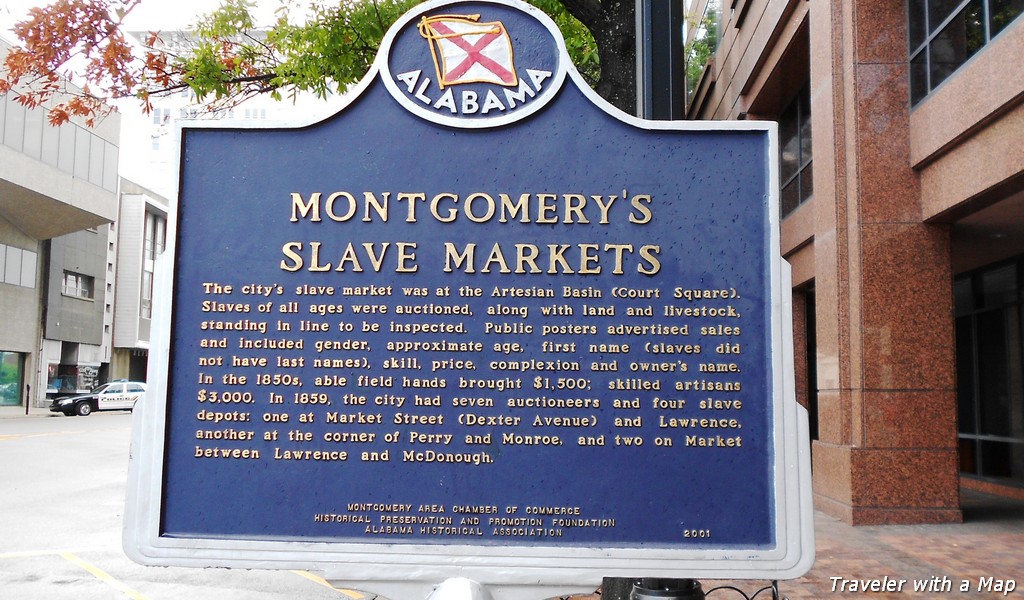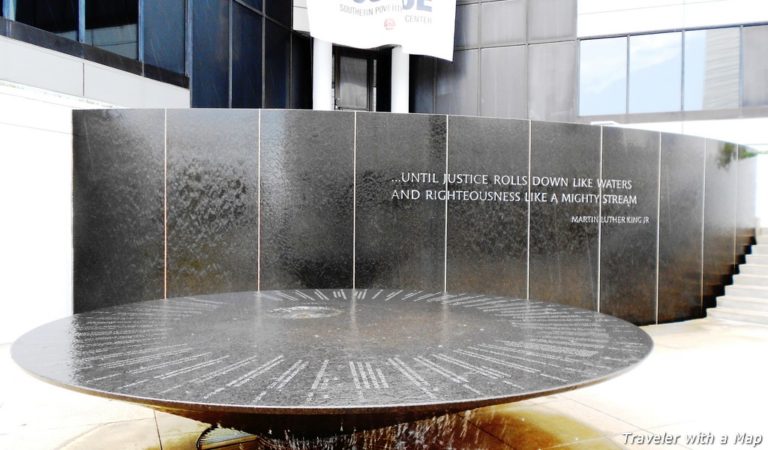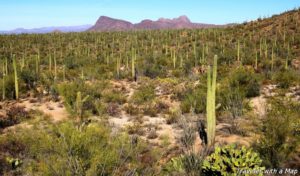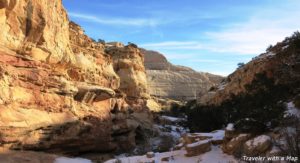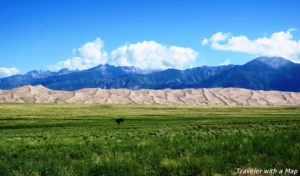Our trip through the civil rights sites of Alabama and Georgia was both sad and inspirational. African Americans living in the South experienced racial segregation and brutal Jim Crow laws long after other parts of the country became integrated. And so it wasn’t easy to visit sites marked by violence, blood, and oppression. Yet, the courage and dignity of the people who persisted in the struggle for equality and justice was definitely uplifting. It is a humbling experience to follow the civil rights trail, especially since you know the fight is not over yet. Below is a simple guide to the civil rights sites of Alabama. While we tried to see the most important sites, my list is not exhaustive.
A simple guide to the civil rights sites of Alabama
While in Alabama, we focused our attention on three cities that played a major role in the fight for civil rights: Montgomery, Selma, and Birmingham.You can comfortably see them all over a weekend.
Stop #1 - Montgomery
Montgomery, Alabama, has a rich civil rights history. It is, in fact, the birthplace of the civil rights movement. Some of the most significant events in the struggle for racial equality took place here. Take your time to explore the many museums and memorials dedicated to the important events and heroes of the civil rights movement. Many of the sites are on the National Registry of Historic Places.
While strolling through town, also notice the markers documenting the horrific history of Montgomery’s slave trade of the 1860s. The city has done a good job posting informative plaques to commemorate important historical events and sites.
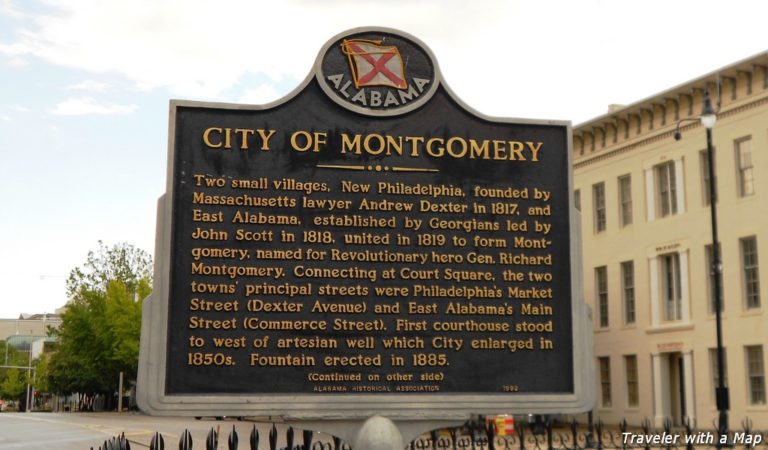
A simple guide to the civil rights sites of Montgomery
The Civil Rights Memorial Center
The first place we visited was the Civil Rights Memorial Center which documents the American Civil Rights Movement through interactive exhibits and displays. Notice the Wall of Tolerance with more than half a million names of people who have pledged to work for equity and justice. Make a commitment and add yours to the list.
Once outside, take a close look at the black granite memorial listing the names of 40 victims who died in the fight for civil rights between May 17, 1954 (school segregation outlawed by the US Supreme Court) and April 4, 1968 (MLK assassinated). The Civil Rights Memorial was designed by Maya Lin who also created the Vietnam Veterans Memorial in Washington DC.
Dexter Avenue King Memorial Baptist Church
Next, head to the Dexter Avenue King Memorial Baptist Church, just a few blocks to the east. Reverend dr. Martin Luther King Jr. served as pastor here between 1954 and 1960. Definitely take the tour of the church. You will see the pulpit from which dr. King preached to his congregation. You will also learn more about the Montgomery Bus Boycott which was planned and organized at this site.
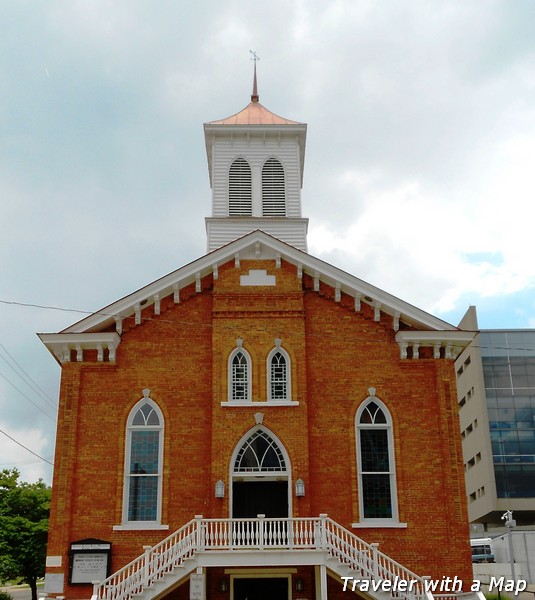
Alabama State Capitol
Afterwards, walk to the Alabama State Capitol Building. This was the final destination of the protesters who marched from Selma to Montgomery in 1965 to ask governor Wallace to end racial discrimination in the state. It was at the steps of the Capitol Building, after not being allowed inside, where dr. King gave his famous speech “How Long, Not Long” to a crowd of 25,000 protesters.
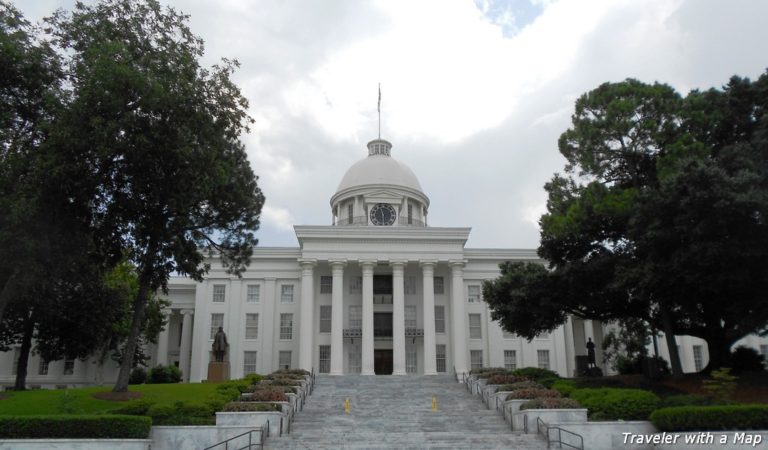
First White House of the Confederacy
When you leave the State Capitol, head south to take a look at the first White House of the Confederacy. Before the capitol was moved from Montgomery to Richmond, Virginia, in May of 1861, the building served as the first White House of Confederate States of America for a period of roughly 5 months. Jefferson Davis and his family lived in the building.
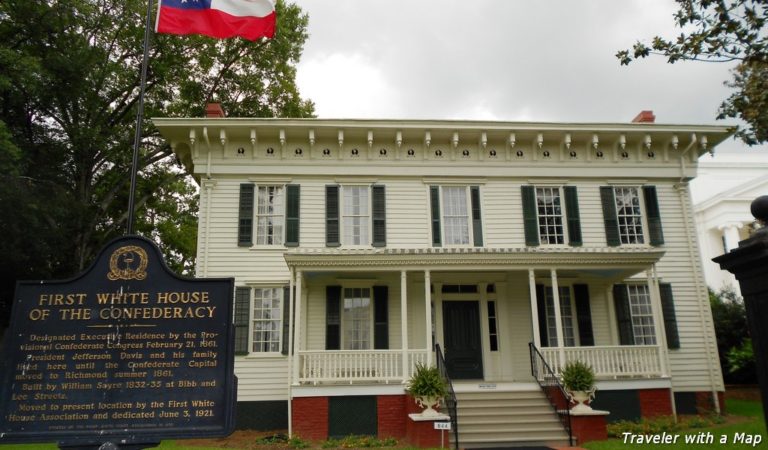
Rosa Parks Museum
Finally, visit the Rosa Parks Museum, probably about a mile west of the State Capitol Building. The museum is located at the site where Rosa Parks was arrested on December 1st 1955 for refusing to surrender her seat on a bus to a white passenger. The museum honors her legacy and chronicles the Montgomery Bus Boycott, which ultimately caused racial integration of transportation.
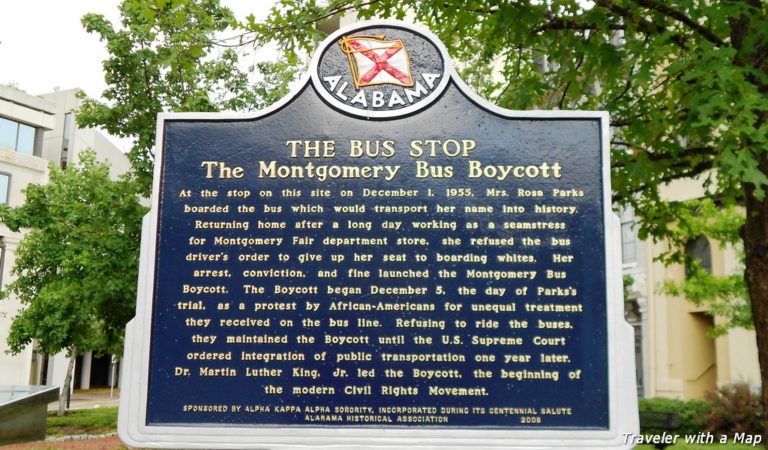
Stop #2 - Selma
Less than an hour away from Montgomery, Selma is another important stop on the civil rights trail. Most people associate the town with the marches of 1965 from Selma to Montgomery, which eventually resulted in the passage of the Voting Rights Act.
A simple guide to the civil rights sites of Selma
Edmund Pettus Bridge
Edmund Pettus Bridge in Selma, AL, is absolutely historic. On March 7th 1965 it became the site of a vicious attack by the police on peaceful marchers known as Bloody Sunday. Some 550 protesters tried to walk from Selma to the state capitol in Montgomery to demand voting rights when they became brutally attacked by state troopers. The images captured on TV brought national attention to the cause, eventually resulting in the passage of the Voting Rights Act in August of 1965. Two other marches across the bridge took place that month, the one commenced on March 21st culminating at the steps of the Alabama State Capitol where Dr. King delivered his “How Long, Not Long” speech. Make sure to walk across the bridge and check out the nearby memorial dedicated to the leaders of the Selma marches.
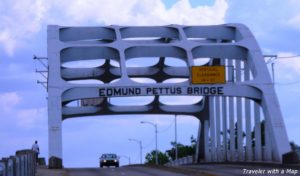
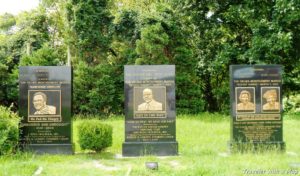
Brown Chapel AME Church
While in Selma, stop by the Brown Chapel AME Church. This beautiful red brick church played an important role in the struggle for civil rights, especially as a preparation site and starting point for the march to Montgomery on Bloody Sunday in 1965. A poignant memorial to MLK sits right in front of the church.
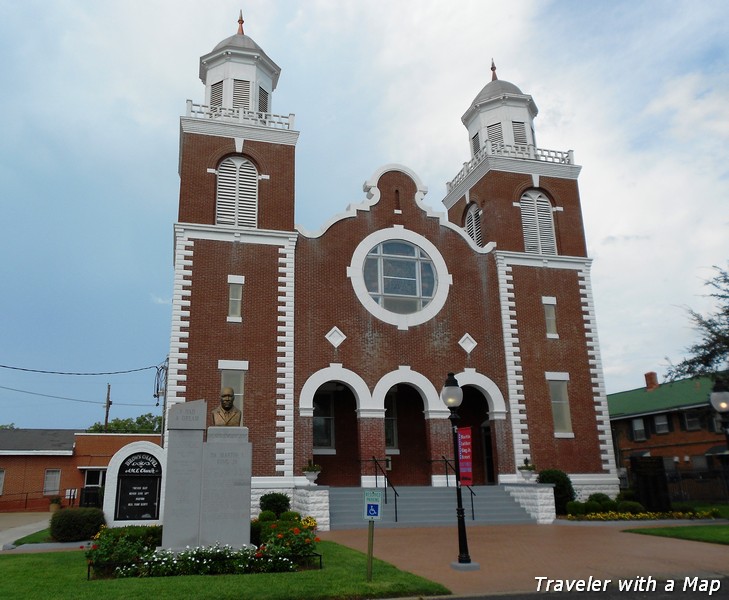
Stop #3 - Birmingham
The largest city in Alabama, Birmingham gained national attention for its violence and bloodshed during the civil rights movement in the 1950s and 60s. Dr. King spent a week in the Birmingham jail in April of 1963 after holding a nonviolent demonstration. From his cell, he wrote the famous “Letter from Birmingham Jail” defending the urgency of nonviolent resistance against racial inequality.
A simple guide to the civil rights sites of Birmingham
16th Street Baptist Church
While the church served as the headquarters for the meetings and rallies of the civil rights movement in Birmingham in the 1960s, it gained worldwide attention for its 1963 bombing. Members of a local KKK committed this atrocious act killing four young girls who were attending Sunday School and injuring over 20 people. The outrage triggered by the bombing contributed to the support and passage of the Civil Rights Act of 1964. A simple monument bearing a plaque with the names of the 4 victims stands outside of the church.
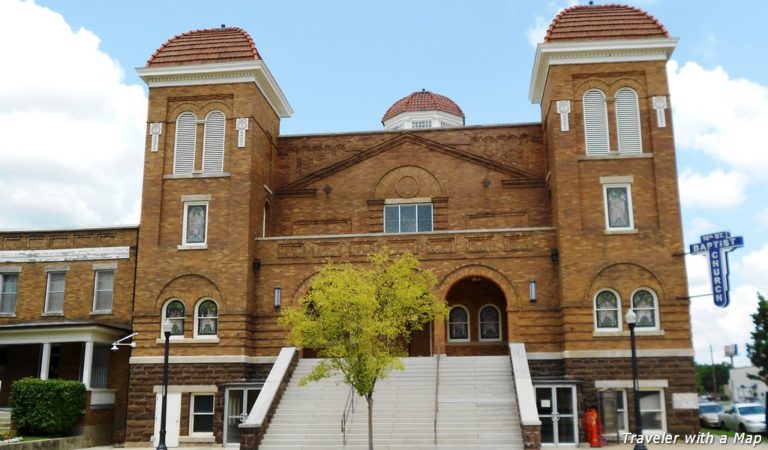
Kelly Ingram Park
Directly outside of the 16th St. Baptist Church is the Kelly Ingram Park. As you walk through it, it’s hard not to reflect on the brutal treatment African Americans experienced in their fight for civil rights in the city. Poignant sculptures depict some of the horrific scenes such as the use of fire hoses or police attack dogs. A visit to Birmingham was certainly a powerful experience for me.
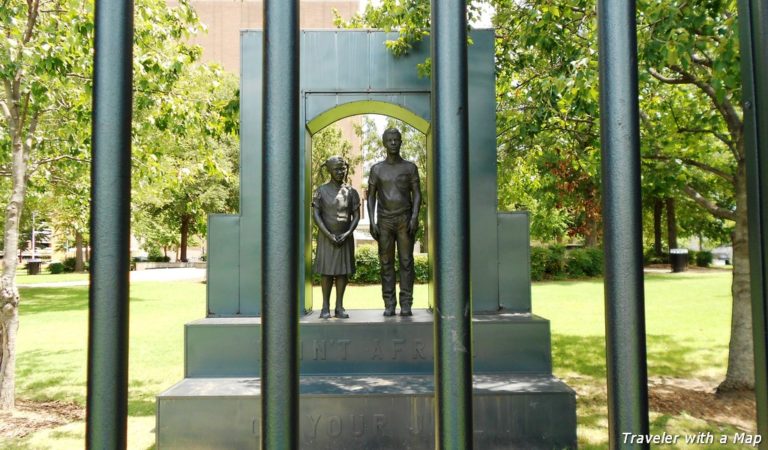
The civil rights trail is obviously not limited to Alabama. Click on the link below to read about my visit to Georgia:
A simple guide to the civil rights sites of Atlanta, Georgia
